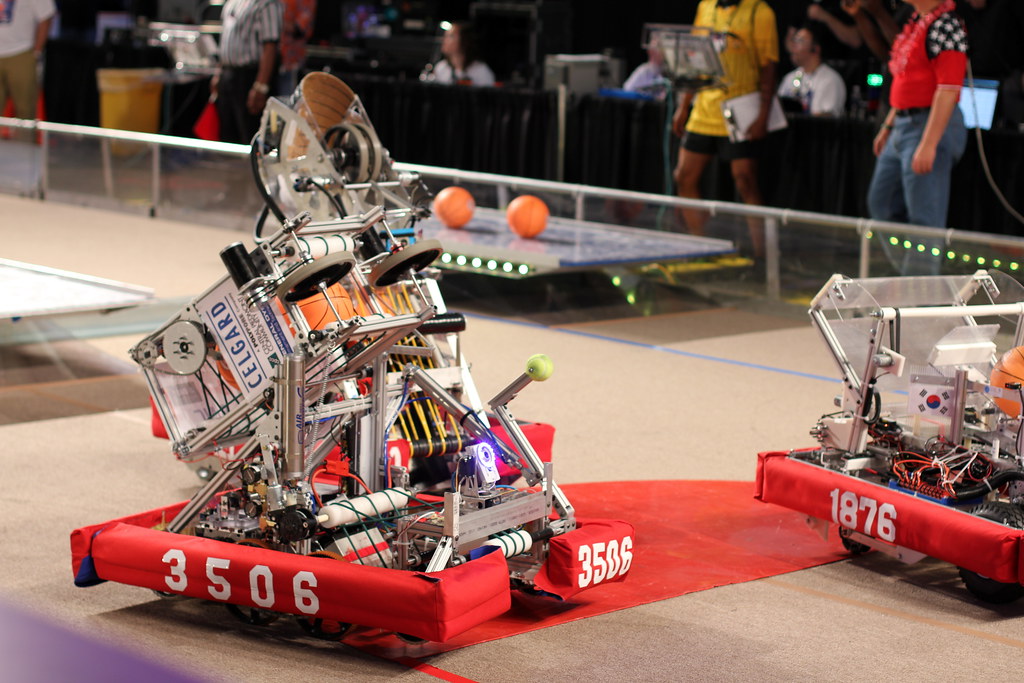The Advancements in Robotics and Automation
Advancements – The field of robotics and automation has seen tremendous advancements in recent years, with new technologies and capabilities being developed at a rapid pace. From manufacturing and construction to healthcare and space exploration, robotics and automation are transforming the way we work and live. The integration of artificial intelligence and machine learning, the development of advanced human-robot interaction systems, and the use of robotics in agriculture, service, and other industries are just a few examples of the many advancements in this field. As technology continues to evolve, we can expect to see even more exciting developments in robotics and automation that will shape the future of our world.
The Advancements in Robotics and Automation:
1. Artificial Intelligence and Machine Learning:
One of the most significant advancements in robotics and automation is the integration of artificial intelligence (AI) and machine learning (ML). These technologies allow robots to learn and adapt to new tasks and environments, making them more versatile and efficient. For example, self-driving cars use AI and ML to navigate roads, identify obstacles, and make decisions.
2. Human-Robot Interaction:
Another important advancement in robotics is the development of more advanced human-robot interaction (HRI) systems. These systems allow robots to understand and respond to human gestures, expressions, and speech. This is important for improving the usability and safety of robots in environments with human workers.
3. Robotics in Manufacturing:
One of the most well-known applications of robotics is in manufacturing. Automated systems have been used in manufacturing for decades, but recent advancements in robotics technology have made it possible for robots to take on more complex tasks, such as assembling small parts, welding, and even painting. This has led to increased efficiency and reduced costs for manufacturers, as robots can work faster and more accurately than humans.
Another trend in manufacturing is the use of collaborative robots, also known as cobots. These robots are designed to work alongside humans and are often used to assist with tasks that are difficult or dangerous for humans to do. Cobots can be programmed to work alongside humans on assembly lines, or even to help with tasks like picking and packing in warehouses.
4. Robotics for Service:
Robotics is also being used to provide services in various industries such as healthcare, logistics, retail, and more. For example, healthcare robots are being used to assist surgeons during surgeries, while service robots are being used to provide customer service in retail stores.
5. Robotics for Agriculture:
Robotics and automation are also being used in the agricultural industry. Drones are being used for crop monitoring and precision agriculture, while robots are being used for planting, harvesting, and other tasks. This helps to improve efficiency and reduce labor costs in the agricultural industry.
6. Robotics for Construction:
Robotics is also being used to automate tasks in the construction industry. For example, robots are being used to lay bricks, pour concrete, and even 3D print entire buildings.
7. Robotics for Space Exploration:
Robotics is also being used in the field of space exploration. The use of robots in space missions allows for more accurate data collection, less risk for human astronauts, and the ability to explore places that are difficult or impossible for humans to access.
These are just some of the many advancements in robotics and automation that are shaping the future of various industries and aspects of our daily lives. As technology continues to evolve, it is expected that robotics and automation will play an even more important role in our lives.
8. Robotics in Transportation:
Robotics is also being used to improve transportation. Self-driving cars, for example, are being developed by many companies, including Google and Tesla. These cars are equipped with sensors and cameras that can detect and respond to their surroundings, allowing them to safely navigate roads without human intervention. This technology has the potential to reduce accidents caused by human error and to make transportation more efficient by reducing traffic congestion.
In addition, drones are also being used to improve transportation. For example, they can be used to deliver packages and medical supplies to remote areas or to inspect bridges and other infrastructure.
9. Robotics in Healthcare:
Robotics is also being used to improve healthcare. For example, robots are being used to assist with surgeries and other medical procedures. Surgical robots, such as the da Vinci system, can be controlled by a surgeon to perform precise, minimally invasive procedures. This can lead to faster recovery times for patients, and less pain and scarring.
Robots are also being used to assist with rehabilitation for patients who have suffered from strokes or other injuries. For example, the exoskeleton is a wearable device that can be worn by patients to help them regain movement and strength in their legs.
CONCLUSION:
The advancements in robotics and automation are having a profound impact on various industries and aspects of our daily lives. From manufacturing and construction to healthcare and space exploration, robots and automation are transforming the way we work and live. The integration of artificial intelligence and machine learning, the development of advanced human-robot interaction systems, and the use of robotics in agriculture, service, and other industries are just a few examples of the many advancements in this field. As technology continues to evolve, we can expect to see even more exciting developments in robotics and automation that will shape the future of our world. The key for us to be prepared for this change is to be aware of these advancements and to educate ourselves on how we can take advantage of them to improve our lives.


One thought on “The Advancements in Robotics and Automation”